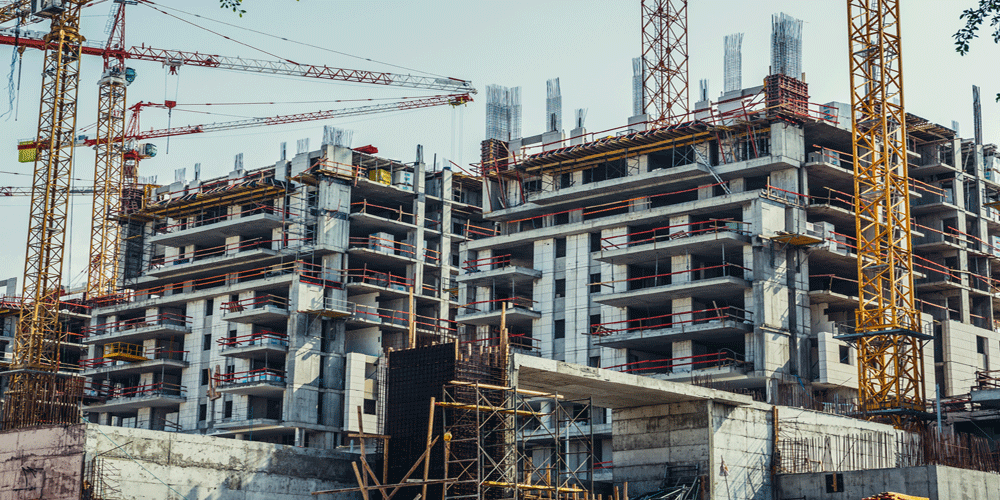Construction sites are dynamic environments that bring together various trades, heavy machinery, and complex operations. While these projects are crucial for societal development, they also pose inherent risks to workers and bystanders if proper safety measures are not in place. To ensure the well-being of everyone involved, construction site management must prioritize safety as a core principle. In this blog post, we will explore some best practices for construction site management that can enhance safety and minimize accidents.
Comprehensive Risk Assessment
Before commencing any construction project, a thorough risk assessment should be conducted. This assessment should identify potential hazards and assess their severity and likelihood. By understanding the risks associated with specific tasks and the project as a whole, appropriate preventive measures can be implemented. Regularly reviewing and updating risk assessments throughout the project’s lifespan is essential, as new hazards may emerge during different phases.
Clear Communication and Training
Effective communication is the backbone of a safe construction site. All personnel, including workers, supervisors, and subcontractors, should have a clear understanding of safety protocols, emergency procedures, and their respective roles and responsibilities. Regular safety briefings, toolbox talks, and training sessions should be conducted to reinforce safe working practices and promote awareness of potential hazards.
Emphasize Personal Protective Equipment (PPE)
Personal Protective Equipment (PPE) plays a critical role in protecting workers from hazards on construction sites. Site managers must ensure that appropriate PPE is provided and that workers are trained in its correct usage. This includes equipment such as hard hats, safety glasses, high-visibility clothing, gloves, and steel-toe boots. Regular inspections of PPE should be carried out to identify any damaged or malfunctioning equipment that needs to be replaced.
Implement Strict Site Security Measures
Construction sites often attract trespassers and thieves, posing additional risks to safety. Implementing stringent site security measures can help prevent unauthorized access and mitigate potential hazards. Erecting fences, installing security cameras, and employing security personnel are some effective strategies to enhance site security. Adequate lighting throughout the site also contributes to improved safety and visibility, reducing the chances of accidents.
Regular Equipment Inspection and Maintenance
Construction equipment plays a vital role in project execution, and its malfunctioning can lead to severe accidents. Regular inspections and maintenance of machinery and tools are essential to identify any faults or defects. Equipment should be properly serviced, and operators should be trained in its safe operation. Any equipment found to be faulty should be immediately taken out of service until it is repaired or replaced.
Establish Emergency Response Procedures
In the event of an accident or emergency, construction site management must have well-defined and practiced emergency response procedures in place. This includes establishing communication protocols, identifying evacuation routes, and ensuring the availability and proper functioning of emergency equipment such as fire extinguishers and first aid kits. Regular drills and simulations should be conducted to familiarize workers with the emergency procedures and minimize panic in real-life situations.
Regular Inspections and Monitoring
Continuous monitoring and regular inspections are essential to identify potential safety hazards and promptly address them. Site managers should conduct daily or weekly inspections to ensure compliance with safety protocols, identify any unsafe conditions or practices, and rectify them promptly. Additionally, providing a platform for workers to report safety concerns or near-miss incidents anonymously can encourage a proactive safety culture.
Construction site management must prioritize safety as a fundamental aspect of every project. By implementing comprehensive risk assessments, fostering clear communication, providing appropriate PPE, maintaining site security, ensuring equipment inspection and maintenance, establishing emergency response procedures, and conducting regular inspections and monitoring, construction sites can significantly reduce the risk of accidents and injuries. Adhering to these best practices not only safeguards the well-being of workers but also contributes to the overall success of the project.
